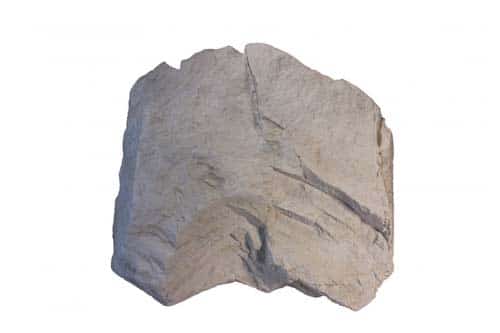Diatomite Mining
Description
The term diatomite is applied both geologically and commercially to the nearly pure sedimentary accumulation of diatom frustules—the microscopic skeletons of unicellular aquatic algae belonging to the class of golden brown algae, Bacillariophyceae. The sediments are fine-grained, highly siliceous, and consist primarily of amorphous opaline silica with only minor amounts of organic residue, secondary minerals, and co-deposited nondiatomaceous or crystalline clastic debris. Synonyms in current usage include diatomaceous earth and kieselghur. More antiquated and obsolete terminology includes tripoli powder, tripolite, and infusorial earth.
Relation to Mining
Throughout most of the world, the lower cost of and higher recovery from open-pit quarrying relative to underground mining encourages operators to use surface mining methods. Where the diatomite sequence is thick, benches from 1.5 to 15 m in height are developed. Benching not only facilitates the removal of ore and waste but also permits immediate access to many ore layers and provides the opportunity to blend layers with differing characteristics. Notable exceptions are underground mines in Europe, South America, and Asia, and the dredging operation at Lake Myvatn, Iceland.
Prior to mining, the ore strata are carefully identified in the quarry faces through sampling and evaluation programs that determine and confirm the suitability of each individual stratum. The ore-grade strata can then be rated by quality and carefully segregated from the lower quality waste units using mechanized equipment. Because diatomite is a soft, easily broken sediment, ores are typically dozer ripped or broken from the face by power shovel. Blasting of the ores is neither needed nor possible because of the inherent softness of commercial quality diatomite, its porosity, and its absorptive nature. The broken material is loaded by front-end loader or belt loader into haul trucks for transport to either the crude storage area or the waste piles.
Typically, the moisture content of unprocessed ore ranges from 30% to 60%. Where the climate is favorable for solar drying, significant cost savings can be achieved by reducing moisture\ before milling. Crude grades may be blended or used separately depending on the final application.
Uses
Because of its porosity, diatomite has been used extensively as a filter for a variety of purposes. It is used to filter impurities out of everything from beer and wine to oils and greases. Similarly, diatomite is used to filter impurities from water to produce drinkable (potable) water in public water systems. In this situation, the diatomite removes bacteria and protozoa.
The oldest use of diatomite is as a very mild abrasive and for this purpose has been used in toothpaste and metal polishes.
It is also used in paper, paint, brick, tile, ceramics, plastics, soaps, detergents and other products as a filler. A filler is a substance that increases the volume of a product and/or fills in space.
Diatomite has also found value as an insulating material in high-temperature mechanisms like furnaces and boilers. It has also proven effective as a sound insulator.


